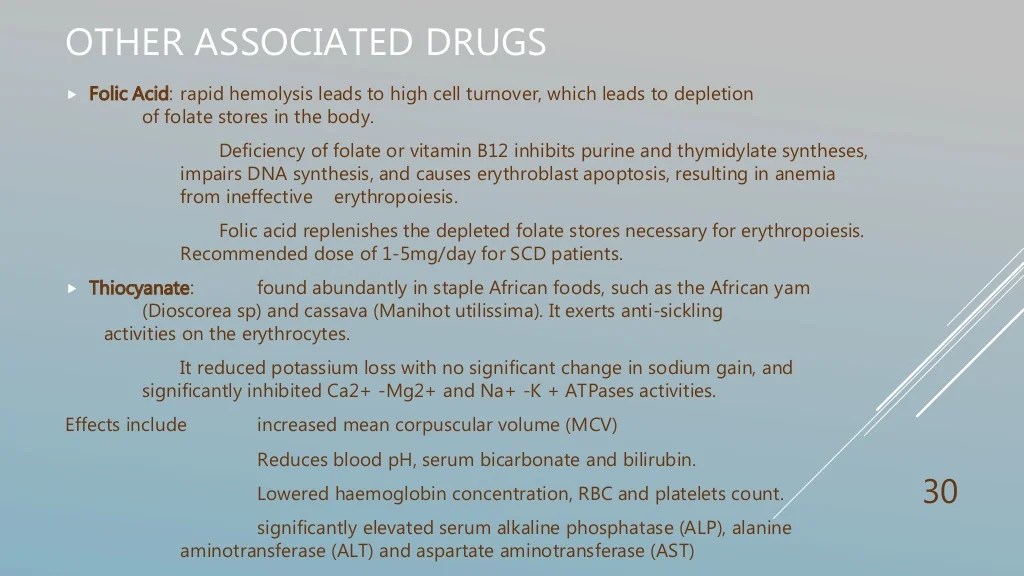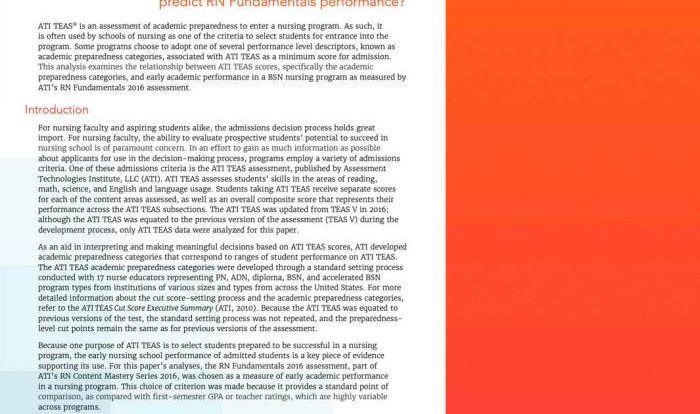As sickle cell disease NCLEX questions emerge as a crucial component of nursing examinations, understanding the intricacies of this complex condition becomes paramount. This comprehensive guide delves into the pathophysiology, clinical manifestations, and nursing interventions associated with sickle cell disease, empowering nurses with the knowledge and skills to provide exceptional care to affected individuals.
Delving into the clinical manifestations of sickle cell disease, nurses gain insights into the characteristic signs and symptoms, potential complications, and essential management strategies. By comprehending the pathophysiology underlying the disease, nurses can appreciate the molecular basis of sickle cell formation and its impact on various body systems.
Introduction
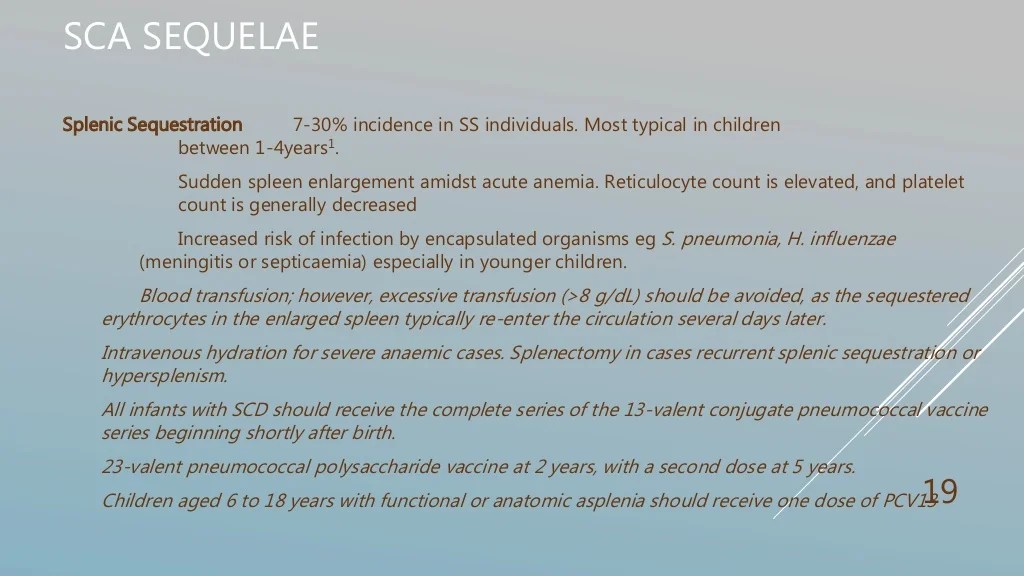
Sickle cell disease (SCD) is a group of inherited red blood cell disorders. It is characterized by the presence of sickle-shaped red blood cells, which can block blood flow and cause a variety of health problems. SCD is one of the most common inherited blood disorders in the United States, affecting approximately 100,000 Americans.The
pathophysiology of SCD is complex and involves several factors. The primary defect in SCD is a mutation in the beta-globin gene, which leads to the production of abnormal hemoglobin called sickle hemoglobin (HbS). HbS polymerizes under low oxygen conditions, causing red blood cells to become stiff and sickle-shaped.
These sickle-shaped red blood cells are less flexible than normal red blood cells and can block blood flow in small blood vessels. The blockage of blood flow can lead to a variety of health problems, including pain crises, anemia, organ damage, and stroke.
Prevalence
SCD is most common in people of African descent, but it can also occur in people of other ethnicities. In the United States, the prevalence of SCD is approximately 1 in 365 African American births. The prevalence of SCD is lower in other ethnic groups, but it can still occur.
For example, the prevalence of SCD is approximately 1 in 16,300 Hispanic American births and 1 in 50,000 Caucasian American births.
Clinical Manifestations
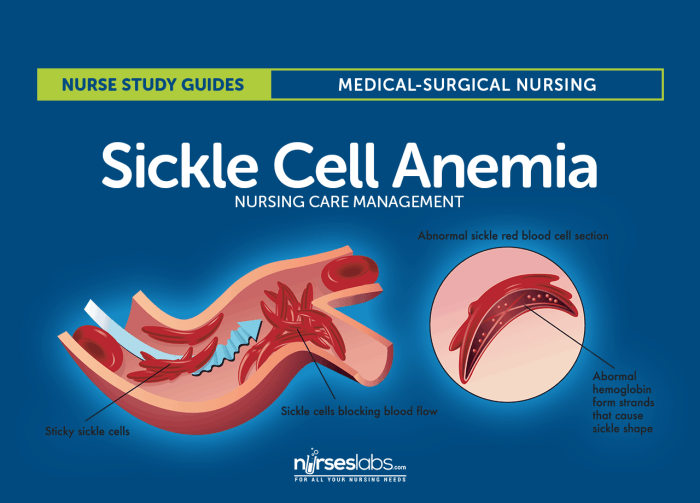
Sickle cell disease (SCD) is a group of inherited blood disorders that affect the shape of red blood cells. The most common type of SCD is sickle cell anemia. People with SCD have red blood cells that are shaped like sickles or crescent moons.
These sickle-shaped cells can get stuck in small blood vessels, which can block blood flow and cause pain, tissue damage, and other serious complications.
Signs and Symptoms, Sickle cell disease nclex questions
- Painful episodes (also called sickle cell crises) that can occur in any part of the body
- Fatigue
- Shortness of breath
- Dizziness
- Jaundice (yellowing of the skin or eyes)
- Swelling of the hands and feet
- Frequent infections
- Delayed growth
- Vision problems
Complications
SCD can lead to a number of serious complications, including:
- Stroke
- Heart attack
- Kidney failure
- Lung damage
- Eye damage
- Leg ulcers
- Osteonecrosis (death of bone tissue)
- Priapism (painful, prolonged erection)
Management
There is no cure for SCD, but there are treatments that can help to manage the symptoms and prevent complications. These treatments include:
- Pain relievers
- Blood transfusions
- Hydroxyurea (a medication that helps to prevent sickle-shaped cells from forming)
- Stem cell transplant
Nursing Care: Sickle Cell Disease Nclex Questions
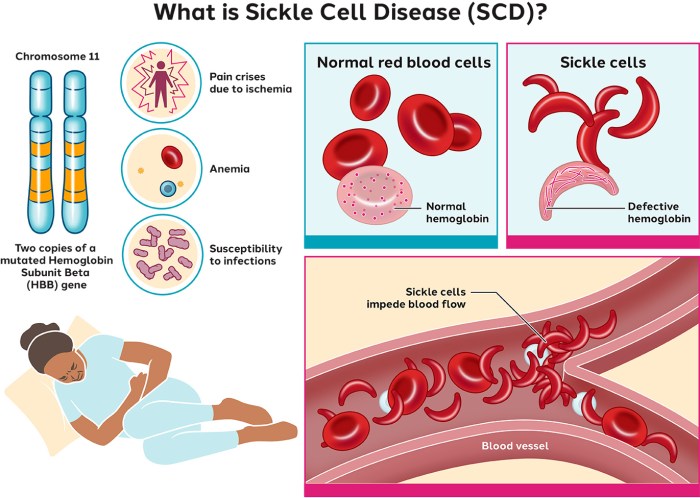
Nursing care for patients with sickle cell disease is essential in managing the disease and improving patient outcomes. Nurses play a crucial role in providing comprehensive care, including symptom management, education, and advocacy.
Nursing Interventions
- Pain Management:Administering analgesics, providing non-pharmacological pain relief measures (e.g., heat therapy, massage), and assessing pain levels.
- Hydration:Encouraging adequate fluid intake, administering intravenous fluids when necessary, and monitoring for dehydration.
- Infection Prevention:Implementing infection control measures, administering antibiotics as prescribed, and educating patients on infection prevention strategies.
- Transfusion Therapy:Administering blood transfusions as needed to maintain hemoglobin levels and prevent complications.
- Hydroxyurea Therapy:Monitoring patients receiving hydroxyurea therapy, assessing for side effects, and providing support and education.
Patient Education
Nurses play a vital role in educating patients with sickle cell disease and their families. Education includes:
- Disease process, symptoms, and complications
- Treatment options, including medications and lifestyle modifications
- Importance of regular medical check-ups and follow-up appointments
- Pain management strategies and self-care techniques
- Emotional support and coping mechanisms
Patient Advocacy
Nurses act as advocates for patients with sickle cell disease by:
- Ensuring patients receive appropriate and timely care
- Educating healthcare professionals about the disease and its management
- Promoting access to resources and support services
- Supporting patients in making informed decisions about their healthcare
- Addressing health disparities and advocating for policy changes that improve patient outcomes
NCLEX Questions

NCLEX-style questions on sickle cell disease assess nurses’ knowledge and understanding of the condition, its management, and potential complications.
Preparing for the NCLEX is essential for nurses caring for patients with sickle cell disease, as it helps them demonstrate competency in providing safe and effective care.
Table of NCLEX-Style Questions
| Question | Correct Answer | Rationale |
|---|---|---|
| A patient with sickle cell disease presents with severe pain and swelling in their left foot. Which nursing intervention is most appropriate? | Administer opioids | Opioids are the first-line treatment for pain management in sickle cell disease. |
| A patient with sickle cell disease is admitted to the hospital for a blood transfusion. Which laboratory value should the nurse monitor closely? | Hemoglobin | Hemoglobin levels indicate the oxygen-carrying capacity of the blood and should be monitored to ensure adequate oxygenation. |
| A patient with sickle cell disease is experiencing a vaso-occlusive crisis. Which nursing intervention is most important? | Maintain hydration | Dehydration can worsen vaso-occlusive crises by increasing blood viscosity. |
| Which of the following is a potential complication of sickle cell disease? | Stroke | Sickle cell disease can damage blood vessels and increase the risk of stroke. |
| A patient with sickle cell disease is being discharged from the hospital. Which teaching point should the nurse emphasize? | Avoid extreme temperatures | Extreme temperatures can trigger sickle cell crises. |
FAQ Explained
What is the primary pathophysiological mechanism underlying sickle cell disease?
Sickle cell disease is caused by a genetic mutation in the hemoglobin gene, leading to the production of abnormal hemoglobin molecules that polymerize and cause red blood cells to adopt a sickle shape.
Describe the most common clinical manifestation of sickle cell disease.
The hallmark clinical manifestation of sickle cell disease is vaso-occlusive crises, characterized by severe pain episodes due to the blockage of blood flow in small blood vessels.
What is a key nursing intervention for managing sickle cell disease?
Providing adequate hydration is crucial for preventing and managing vaso-occlusive crises, as dehydration can increase blood viscosity and promote sickle cell formation.
